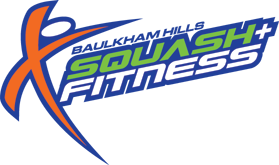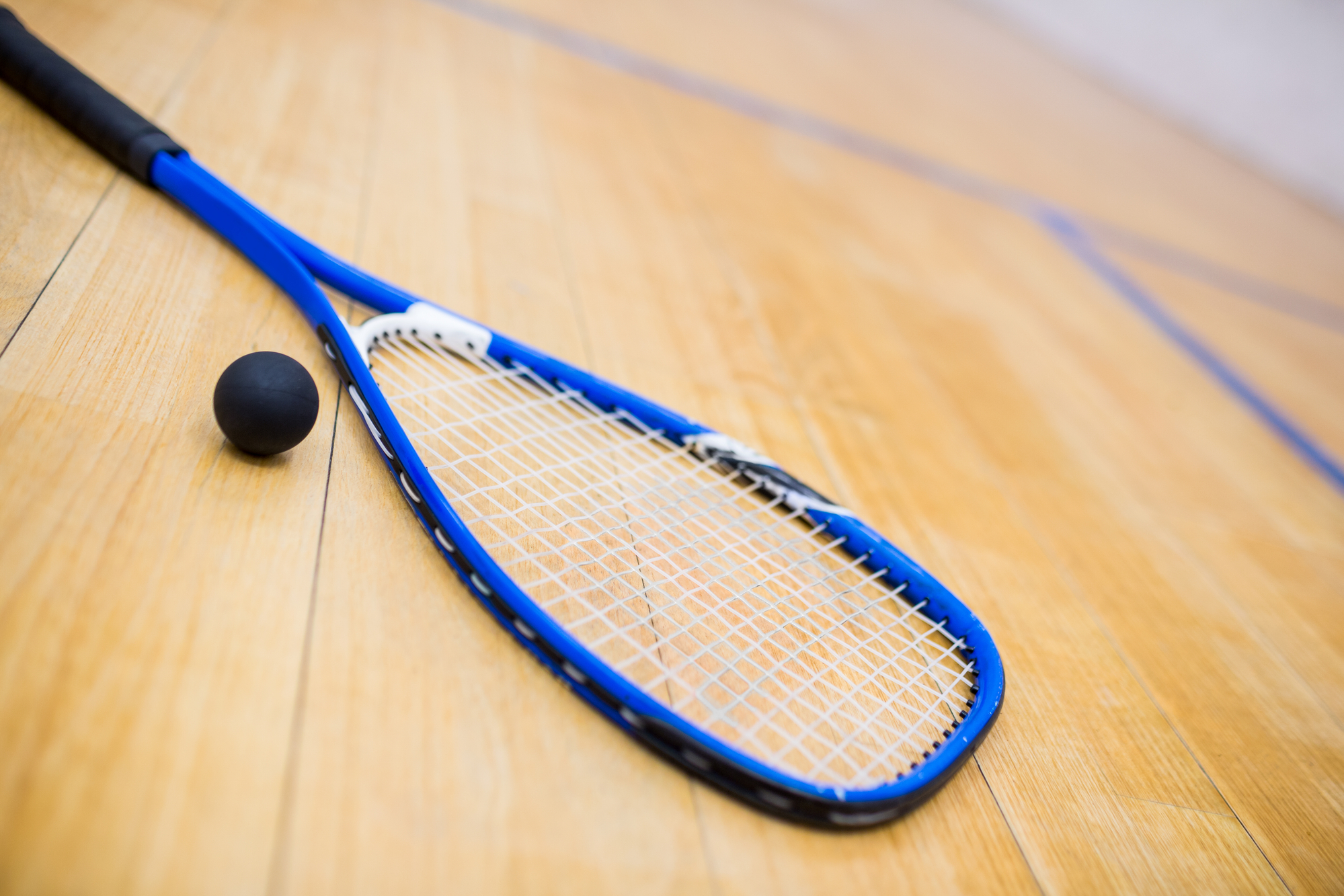The best place to buy a new racket is from your local squash court.
Most courts will allow you to have a small hit with the racket you might like. But be extra careful not to damage the racket, if you do be prepared to buy it!
The weight is the first choice you need to make. A heavier racket rarely works for anybody. Around 150 grams or lighter is usually the best option. The racket weights now go down to 110. But you need to be comfortable with the weight versus your skill and strength,
There are two types of racket throat which are referred to as open or teardrop and closed. Open throat squash rackets have a larger stringbed area, a larger sweet spot and therefore tend to be more forgiving.
Closed throat squash rackets have a smaller stringbed and sweet spot and as a general rule will, therefore, suit a more experienced player.
The lighter a racket, the greater control and feel you get when playing a shot. Technology has moved fast in the squash world, with the lighter rackets using more sophisticated materials which can produce the same degree of power as a few of the heavier rackets, with better feel and control. A fantastic combination you may think, but this comes at a cost, inexperienced players may not even spot the difference. So consider these ideas when you purchase your first racket.
The feel of a racket will also rely on its balance point, through the root of the handle. For example, if you will need to balance your racket using your finger between your racket head and handle. It is normally shown in centimeters. The lighter the top, the less power you obtain from the shot and more control and maneuverability. That is just another consideration when looking for that perfect racket that meets your style and manner of play.
Prices for new rackets can vary. For a good racket, there might only be a $10-$20 difference. At the end of the day all rackets can break. They're made to break in a fashion.
So a player has got to be comfortable with the weight and the balance. There is usually a broad range of colours to suit every personality or gender. But at the end of the day, you need to be comfortable and confident with your new racket.
It's important to note that it can take up to six weeks to get used to a new racket.
What about the racket strings?
Around three-quarters of strings on a new racket are usually not good quality. They work on racket quality before string quality and rib quality.
So the question begs - Should you budget to restring your new racket?
Yes, some players do. It may seem a more advanced idea but as you play more and get exposed to players of greater experience you start to also to want the best your equipment you can get.
Being one of the parts of the game you can prepare for good quality strings are most important. This change can make a big difference on a racket. It is a bit like getting a better engine in your car. Once you find a racket and you get use to it and really enjoy using it - having a restring does prolong the life of that racket, and it prolongs the investment in it of course as well. So it's a win all round.


